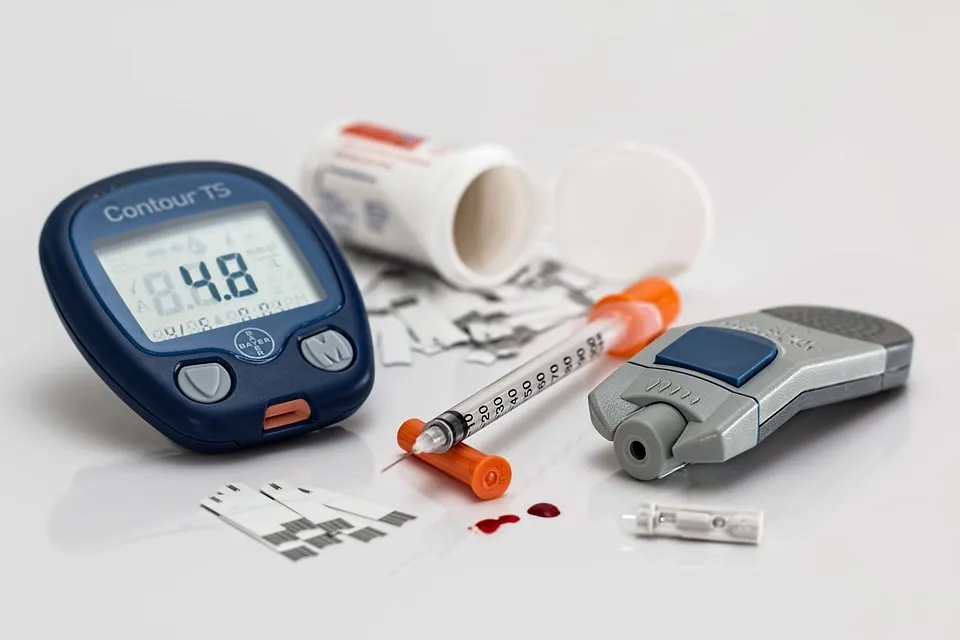Greetings to all the Stem Social community, no doubt that as December approaches the cases of diseases increase, which generates more work, but it is nice to be able to help people.
I think that this month in which we are entering is usually the one that makes people commit excesses in both food and drinks, this being a cause of increases in cases of many diseases and even complications of existing ones. Such is the case of diabetes, which of course, is a chronic disease, which so far can be controlled but not cured. One of the cornerstones of treatment is the use of insulin.
Specifically about this medicine I would like to talk in this publication, because the discovery of this element as a natural substance of our body that controls the levels of glycemia is interesting, and speaks by itself of how science advances to reach great discoveries, some accidental as the discovery of penicillin, but in this case it was not so. Read on, I am sure you will find this information very informative.

To talk about insulin it is logical that we must know a little about Diabetes. This disease has been known about for thousands of years. There are writings that relate a rare bodily affectation that made people eat a lot, lose weight, drink a lot of water and urinate a lot.
These being the classic signs of Diabetes even today. At this point I must emphasize that I will talk very specifically about Type 1 Diabetes, since this is the one that has always prevailed, which is caused by problems at the pancreatic level in the production of insulin.
It is also necessary to keep in mind that for over 1500 years, throughout the Middle Ages, medicine and all science in general was very limited in terms of what is development, since the domain of everything was basically of the Catholic Church, which gave everything a religious explanation based on the "sacred books " and their interpretations, therefore, or allowed the bodies were studied, for example, and it was not until the late 1490s, with the development of the first microscopes that everything could begin to advance in this aspect.

With the beginning of the sixteenth century, a period of light began, called renaissance, where scientific knowledge began to proliferate, thanks to the loss of religious control over it. This allowed doctors to advance little by little, dissecting bodies and learning more and more about anatomy, which, hand in hand with the advance in microscope technology, allowed them to see the tissues of the human body in more detail.
Thus the years and decades went by and surgery evolved, as well as the study of cadavers. Towards the 18th century, a scientist named Thomas Cawley, who performed an autopsy on a person with diabetes noticed that his pancreas was different, it was what is called atrophic, that is, small in size, and seen under the microscope he noticed that it had a lot of fibrous tissue, non-functional, different from what he had seen before.
This made him think that somehow it was related to what the person was suffering from when he was alive. Despite this, they were unable for many years to determine if this was indeed the origin of the diabetes. It was not until 1867 that a scientist named Paul Langerhans discovered, with more advanced microscopes, the islets that bear his name today. However, he did not manage to discover insulin, but he did take a big step towards it.

In 1889 two physiologists named Von Mering and Minkowsky, performed surgery and removed the pancreas of a dog, and with the passage of days and weeks the dog began to suffer the symptoms that people with diabetes suffered, thus confirming that in effect a defect in the pancreas was the root of the disease.
These discoveries, plus the advance in microscopes and techniques to detect chemicals with the use of special dyes allowed that in 1922, Frederick G. Banting, John James Richard Macleod and Charles Best were able to detect and isolate insulin, which was first studied in dogs, but later was finally used in humans.
This moment in the history of medicine was transcendental, because it gave a conclusive answer to this disease that was synonymous with death until then. But I think it shows very well how the advance of technology goes hand in hand with the discoveries in any area of human knowledge, in this particular case, medicine.
I must point out that not everything was good at the beginning, to be able to reach a point where it was known what was the specific measure to be used, the amount of milligrams per kilogram of weight, as it is known now, took many years. At the beginning, there were severe cases of hypoglycemia, which is usually a condition

But behind every discovery, before being standardized and becoming protocols, it has gone through a process of studies, errors, trials, use of other tools and advances that working hand in hand are the ones that allow such a discovery.
The history of science is full of very interesting stories in this aspect, which shows that nothing develops in a unitary way, it always needs other sciences to be created.
I wanted to share this part of the history of medicine that particularly seems to me very illustrative of how much progress has been made in the last 150 years. We could say that we have been able to accumulate and discover more information than in all the past 17 centuries.
I hope that this publication has been educational, and that in some way it allows us to value even more these medicines that we now have on the order of the day. Thank you if you have read this far.

